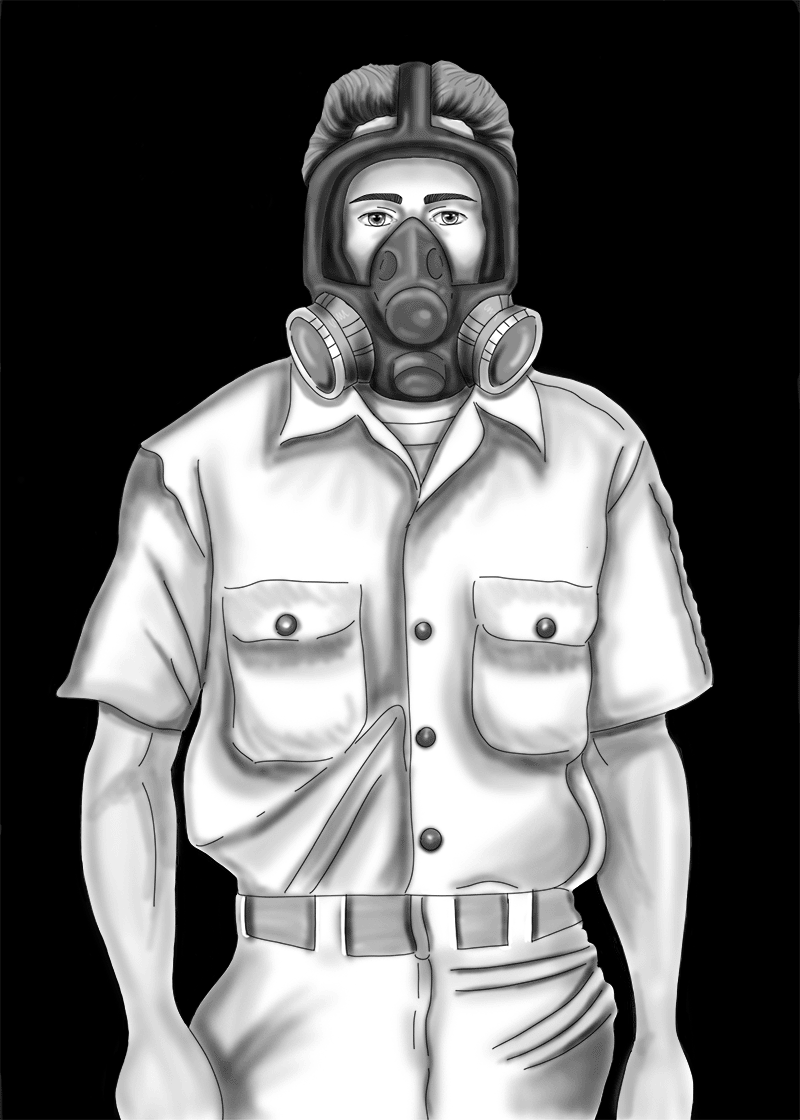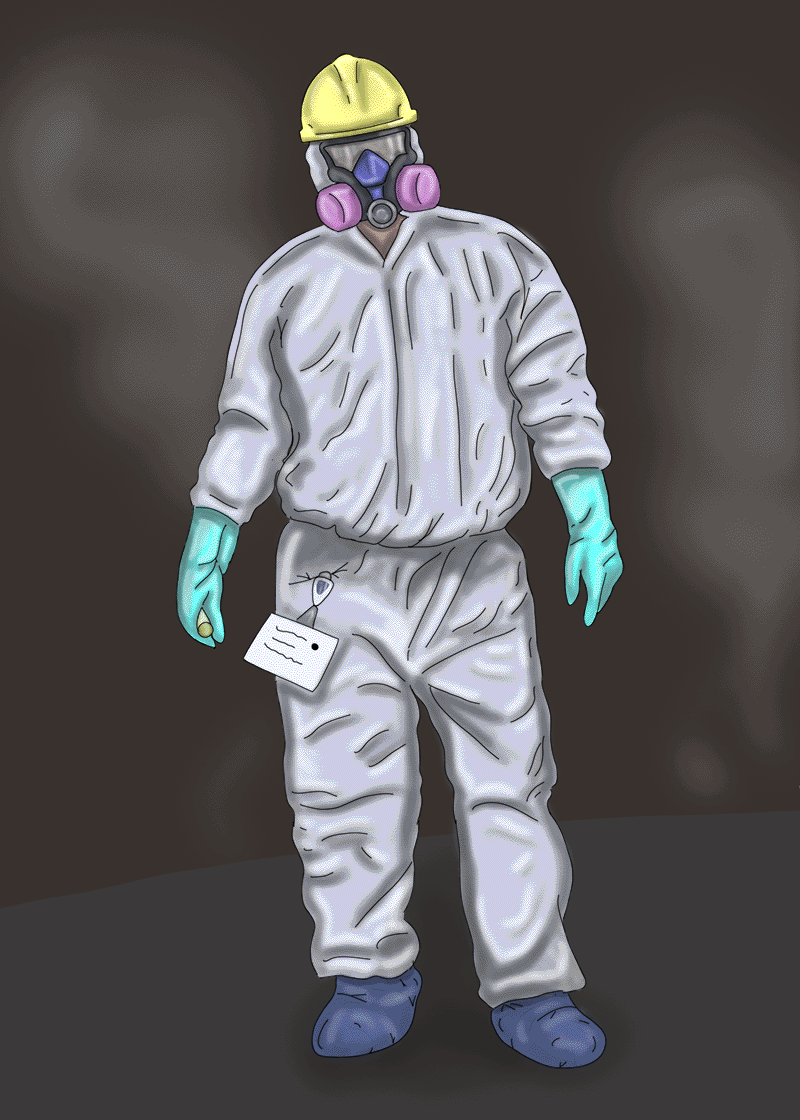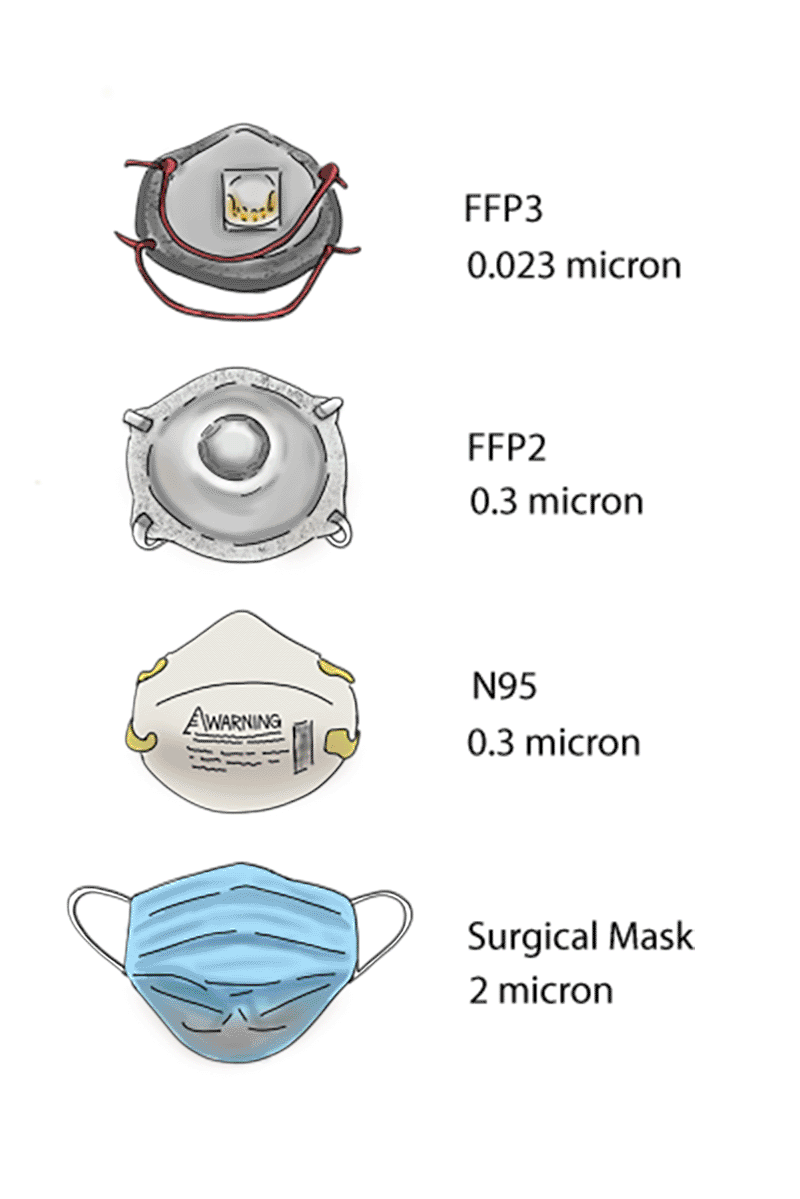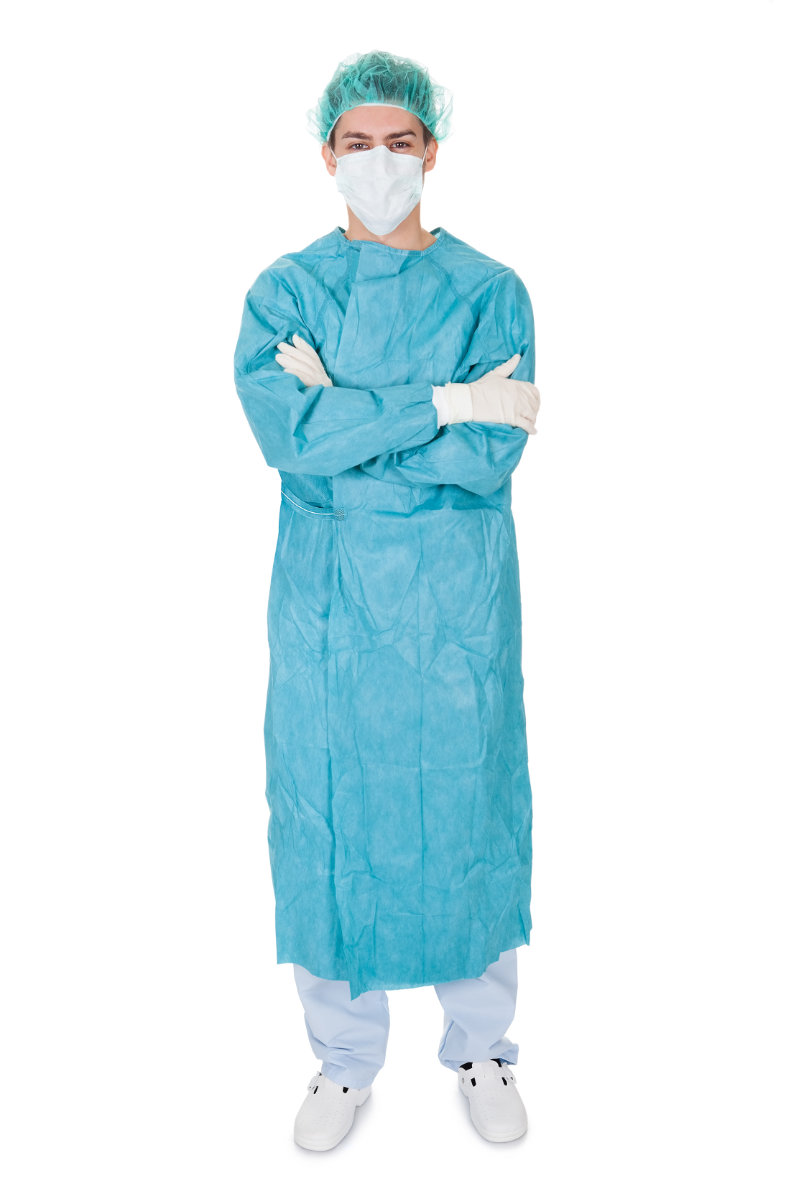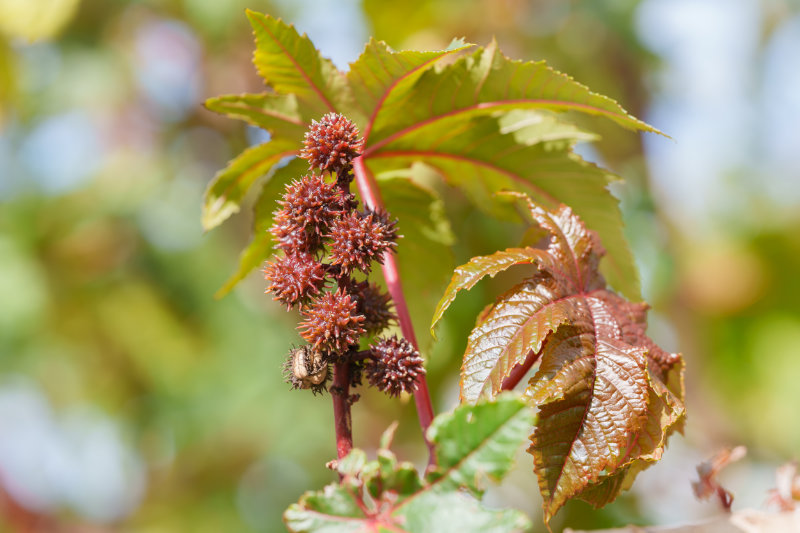Primary blast waves can lead to a concussion or traumatic brain injury (TBI), even without any direct impact on the head, which is sometimes referred to as blast brain. A blast brain is an injury to the parenchyma of the brain (the brain’s functional tissue, like the neurons and glial cells). It is essential to consider how close the individual was to the blast, particularly if they are experiencing symptoms. For patients with symptoms like headache, fatigue, amnesia, difficulty concentrating, lethargy, depression, anxiety, or insomnia, a blast brain injury should be considered (Jorolemon et al., 2023).
Since TBIs are possible, the following focuses on the management and treatment of this type of injury. If a patient presents with symptoms consistent with a TBI, the clinician should immediately conduct a comprehensive neurological examination. During the exam, close attention to the patient’s motor and sensory function, coordination and balance, mental status, mood and behavior, hearing, speech, and other cranial nerve tests is essential. The Glasgow Coma Scale can also be used to assess a patient’s eye opening, verbal response, and motor response. Clinicians should also quickly follow the ABC assessment to help stabilize the patient’s airway, breathing, and circulation, if necessary. Immediate consultation with a neurologist is warranted. If the patient is not located at a trauma center, then they should be stabilized and transferred as soon as possible.
Diagnostic imaging to assess the extent of the brain injury may include a CT or MRI of the brain. A brain CT shows brain structures and can be used to evaluate injuries like skull fractures, brain swelling, bleeding, or bruising. An MRI is more sensitive than a CT. However, an MRI is initially contraindicated until it can be determined that the patient has no metal in their body or metal objects from the blast.
Patients with a mild TBI may not require intervention. Their treatment may consist of bed rest and medications for symptom relief with close monitoring. Other medications, such as anticonvulsants to prevent or treat seizures, anticoagulants to reduce the likelihood of blood clots, diuretics to reduce intracranial pressure, and stimulants to increase alertness, may be ordered as well.
Patients with severe TBIs should be urgently stabilized to protect their vital organ function. They may require supplemental oxygen, airway management devices, and medications for hemodynamic stability. Devices to monitor the patient’s brain blood flow, intracranial pressure, brain temperature, and oxygen supply may be used. Some patients require emergency brain surgery to remove brain tissue or debris, repair skull fractures, or relieve intracranial pressure. Patients with severe TBIs require intense care from a multidisciplinary team and are admitted to the intensive care unit for close monitoring. Monitoring the patient’s neurological status and potential complications, such as infection, deep vein thrombosis, or increased intracranial pressure, is crucial (National Institute of Neurological Disorders and Stroke, 2025).










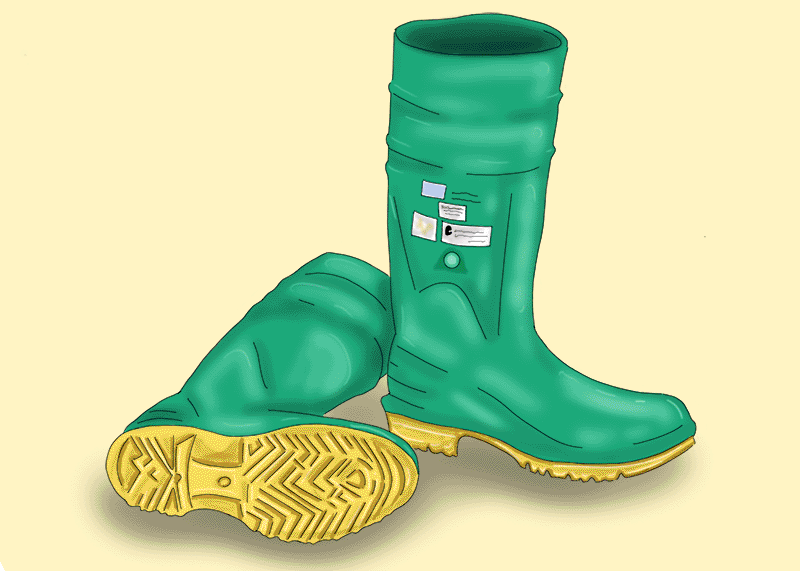
.gif)


